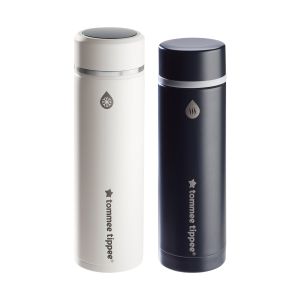
This is a demo store. No orders will be fulfilled.
Subscription orders can be cancelled at anytime. Free delivery on all subsequent subscription orders. Find out more about subscriptions.
They’re easy and fuss free
Your products are automatically sent to you
You save up to 10% when you sign up for a subscription
You can cancel at any time
Expressing or pumping can give you peace of mind knowing your baby can still get all the benefits of breastmilk when they���re fed from a bottle.
For mums who can���t feed baby directly from their breast, because their baby is premature or has a poor latch for example, expressing means that they can still offer their baby all the nutrients and antibodies that help to fight against infection and disease that breastmilk contains.
'It doesn't matter whether you have big boobs or small boobs, the benefits to breast feeding are the same.
Choosing to pump or express breastmilk means that...
Breastfeeding your baby directly doesn���t require much kit, just you, your boobs, some breast pads to keep you dry, a good nursing bra and maybe a cushion or pillow to help you stay comfortable.
For expressing or pumping, you'll need...
You may also appreciate...
Guidelines suggest that you should exclusively breastfeed your baby for the first 6 weeks to help you establish a good latch and a great routine, then you can think about introducing expressing if you choose to.
If you���re mainly breastfeeding first and pumping to build up your milk supply...
If you���re exclusively breast pumping...
If you're pumping at work...
One of the best bits of advice we can offer about learning to use your breast pump is to get to know how it works and practice before you need to use it.
Understand how all the parts fit together and come apart, which parts you can clean and sterilise and how it all works. That way when you come to use it, you���re less likely to be hassled looking for instructions and can take your time.
You don���t need strong suction to express milk from just behind your nipple. Use the mode and power setting that feels most comfortable for you. This may be different at various times of day or at different stages of your breastfeeding experience.
Always make sure your wash your hands before using your breast pump and keep everything associated with feeding your baby clean. That means washing and sterilising any breast pumps, bottles and nipples.
Follow the manufacturer���s instructions for cleaning and sterilising your breast pump. Pay attention to which parts can be cleaned and which should not come into contact with water, such as electrical contact points.
Generally, you should separate and clean each part of your breast pump and wash in clean soapy water, then rinse thoroughly with clean water. Don���t use water that you���ve used for cleaning other products.
You may be able to clean some parts of your breast pump in the top rack of a dishwasher, but this is not suitable for sterilising.
After cleaning, sterilise all the parts of your breast pump that come into contact with milk, according to the manufacturer���s instructions. Make sure that you sterilise your breast pump before you use it for the first time and after every use.